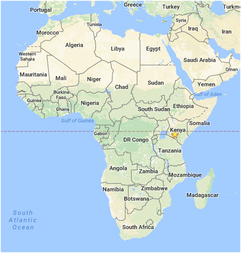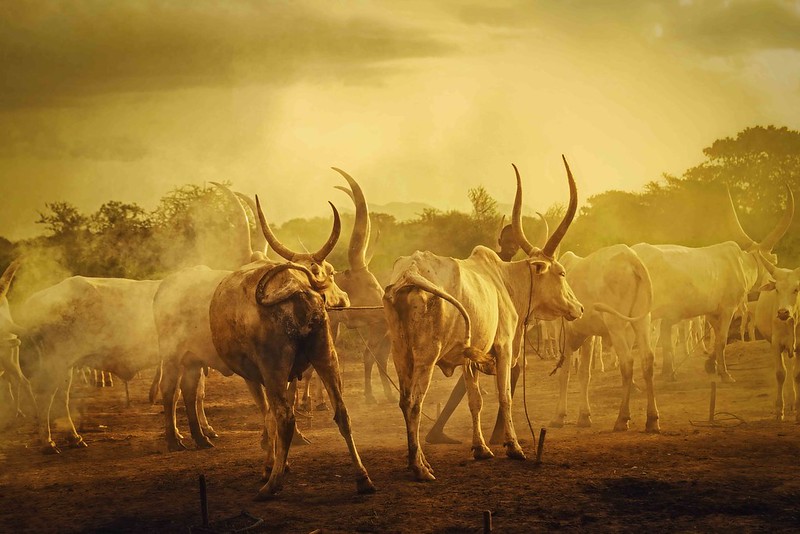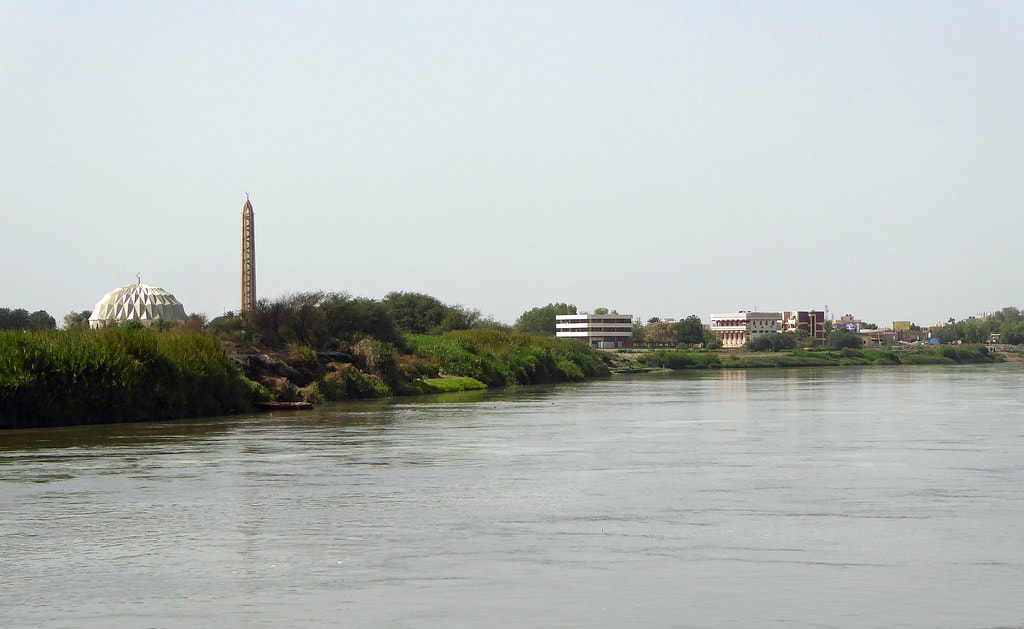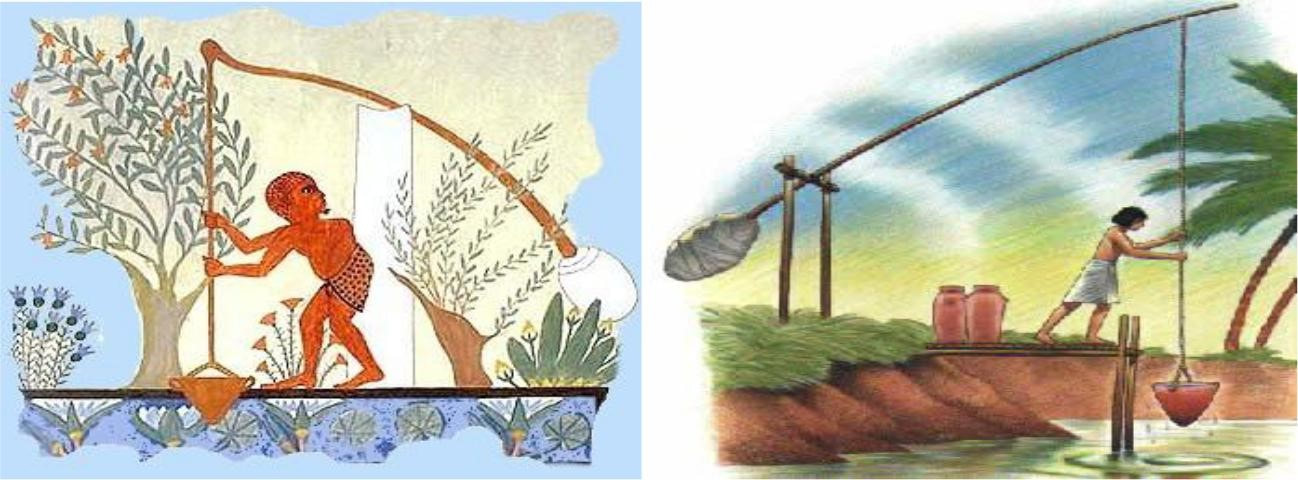Early Agriculture in Africa
In Africa, agriculture first spread to Egypt along the Nile valley, where it was practiced as early as 700BC.
Featured Topics
Factors that promoted (facilitated) agriculture in ancient Egypt
Early Agriculture in Egypt
As early as 7000 BC, people had already settled in the Nile valley. By around 5000 BC, the Egyptians had gradually adopted agriculture, departing from a hunter-gatherer society.
Reasons that enhanced development of early Agriculture in Egypt
Describe farming activities in ancient Egypt Africa Africa
Describe the irrigation methods practised in ancient Egypt
Irrigation technique in ancient Egypt was characterised by Shadoof and Basin methods in addition to construction of dykes to direct water to the farms during drought.
A Shadoof is a wooden device consisting of a long pole swinging up and down between two supporting wooden posts. On one end of the pole was hung a heavy weight and a skin bucket at the other. The bucket was pulled down and dipped in water by a person. The weight on the other side would then cause the bucket to rise up to another person above, who would empty the water into the canals, which then directed it to the fields. Describe two senior government officers that were assigned the responsibility of ensuring food security in ancient Egypt
The Master of Largesse was responsible for all livestock in the country
The head of the exchequer ensured distribution of seeds and livestock when agricultural output was poor Explain the impact of early agriculture in Egypt.
The shadoof irrigation
This was the method of irrigation used in Egypt during the drought season when the river was not flooding.
A shadoof is a wooden device for lifting water from a river into the canals. It consisted of a long pole swinging up and down between two supporting wooden posts. One end has a weight hanging on the pole while the other end has a skin bucket. The bucket is pulled down and dipped into the water by a person. It is caused to rise by the weight, once water has been filled. The other person empties the water into the canal to be drained into the fields.
Early Agriculture in Sub Saharan AfricaIdentify the crops cultivated in sub-Saharan Africa
Name the animals domesticated in sub-Saharan Africa
Discuss early farming activities in sub-Saharan Africa
REVISION QUESTIONS
Related Searches on Development of Early Agriculture
2 Comments
|
Archives
April 2024
Categories
All
|
||||||||||||||||||



 RSS Feed
RSS Feed